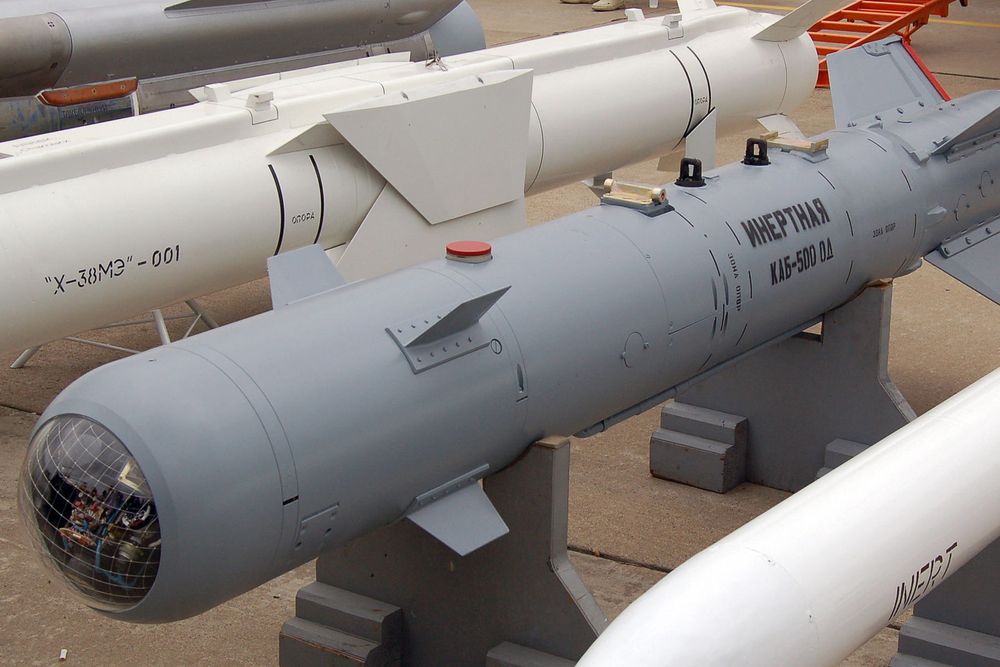
Ukraine claims that the widespread use of "drop-and-forget" guided bombs containing foreign components is propelling Russian advances in Ukraine, with an estimated up to 500 such bombs being launched weekly, according to an analysis by the Ukrainian government.
These guided bombs, equipped with "UMPC" guiding systems boasting a range of 40-60km (25-37 miles), are now deemed a central threat on the frontline, pushing Ukrainian forces back. A Ukrainian government report obtained by the Guardian indicates that these weapons, deployed from aircraft from a distance, played a significant role in the destruction of Avdiivka and its subsequent capture by Russia.
Avdiivka, situated in the industrial Donbas region, fell fully under Russian control in mid-February, marking a significant territorial gain for Russia since capturing Bakhmut in May the previous year.
Russian forces primarily employ UMPC bombs to target frontline areas, aiming to minimize the risk of their aircraft being hit by Ukrainian air defenses. In just one week, from February 26th to March 3rd, Russia reportedly utilized over 500 guided aerial bombs fitted with UMPC.
The Soviet-designed freefall bombs used by the Russian military are easily converted into guided munitions by adding a UMPC "planning and correction module," inexpensive wings, and satellite navigation systems. These bombs are termed "drop-and-forget" as the aircraft deploying them can fire from beyond the reach of Ukraine's air-defense systems.
Russia's air force appears to have played a crucial role in shifting the momentum of the conflict in favor of the Kremlin in recent months, exploiting the vulnerability of Ukraine's air defenses.
According to a recent paper from the International Institute for Strategic Studies, Russia's use of glide bombs, coupled with direct-attack munitions, is overwhelming Ukrainian air defense systems. The think tank highlights a shortage of air-defense weapons within Ukraine, partially attributed to delays in European aid and the hold-up of a US military-aid package worth approximately $60 billion.
Despite Western sanctions, Russia has had no trouble importing foreign-made components crucial for its military operations.